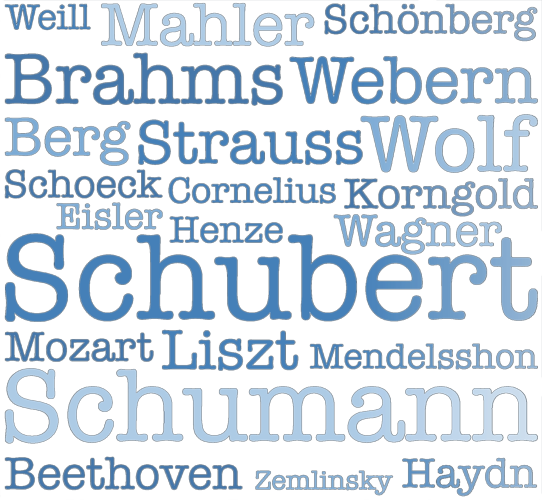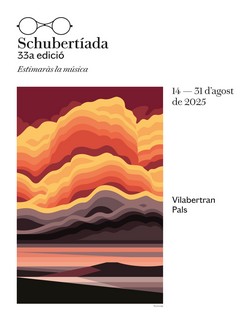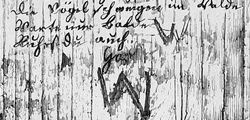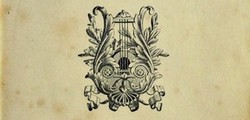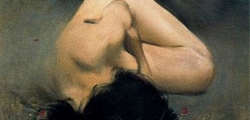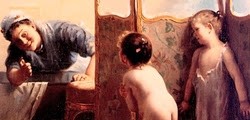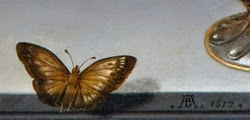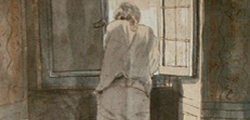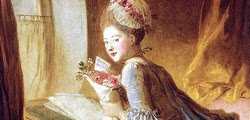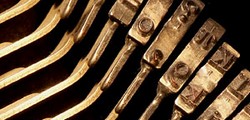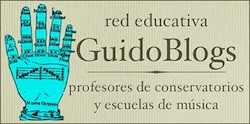- Details
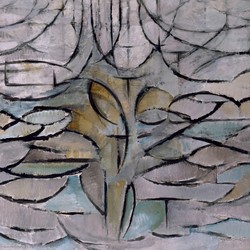
Occasionally I hear phrases from a Lied in my head, and they bother me until I identify it, I told you about this. It also happens to me that I hear some music that reminds me of a Lied, and, again, I must identify it, as I also told you. Another variation on this theme is when I hear a Lied that reminds me of another song. That's what happened to me a few days ago, when I was choosing a version of Seligkeit to share with you.
- Details
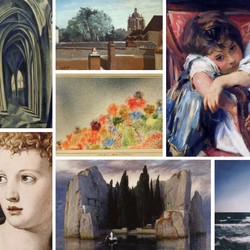
We spoke a while ago about how trends also affect the world of Lied, and works that had been very much present in recitals and recordings for decades almost disappeared from the repertoire. On that occasion, I shared a Lied that had been one of Schubert's most popular in the 19th century, and now you barely hear it, Lob der Tränen. I would say the Lied of this week [...]
- Details
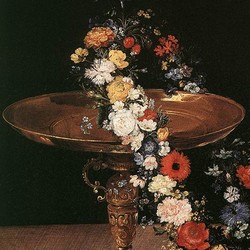
Einst [Once long ago] is a minimal song. It only has fourteen bars, the vocal line doesn't go beyond a fifth (the distance between C and G on the C major scale that we all know) and, as for dynamics, neither voice nor accompaniment moves from piano. The poem is also minimal, only a four-verse stanza that tells us about an absence. Its shortness leaves us with no idea if the [...]
- Details
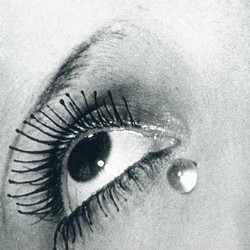
Nadia Boulanger gave her first music lessons at her sixteen, when she was still a student. This pedagogical side was the most significant of his career, which lasted more than 70 years. However, Boulanger was also an organist, pianist, conductor, and composer, although her compositions are from a brief period in her life.
- Details
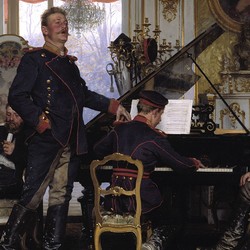
If you have visited the Alte Nationalgalerie in Berlin, you may have stopped before the painting illustrating this article, Im Etappenquartier vor Paris [In the Troops' Quarters outside Paris], an oil on canvas painted by Anton von Werner in 1894. Eight soldiers of different ranks gather in a relatively small space, from the orderly who lights the fire to those who sit casually in the armchairs, probably those of higher rank.

